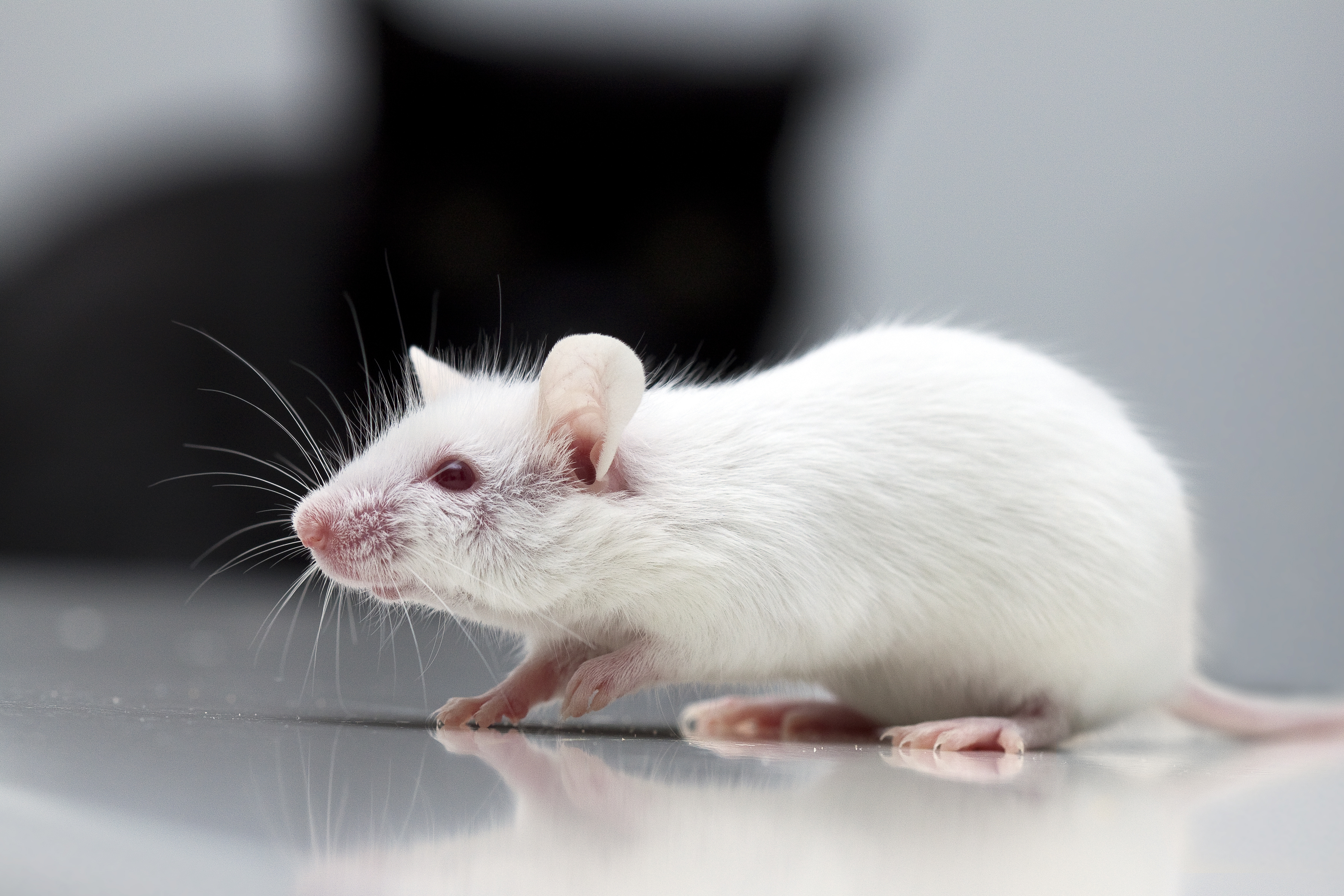A more controlled way of performing an ROB to retrieve blood samples from rodents or small animals without negatively impacting the studies.
In order for the FDA to approve human trials, researchers must show efficacy of their drug in rodent or small animal models. These studies almost always require a blood sample from the animals to monitor key biomarkers during the study. Yet, the most preferred method of drawing blood, from the submandibular vein, can negatively impact the study by inadvertently reducing eating and drinking as well as locomotor and sensorimotor behavior. This can ruin an entire study and waste thousands of dollars. An alternative sampling method is retro-orbital bleeding (ROB). However, this technique is currently being performed "free hand" by veterinary/biomedical research professionals. This lack of control and precision increases the time it takes to complete the ROB, as well as risks injury to both the animal and the researcher.
This device developed by SUNY Old Westbury researchers offers a solution to this expensive problem by creating a more controlled way of performing an ROB.

• Controlled Procedure: Offers more precision in performing retro-orbital bleeding (ROB).
• Reduced Study Impact: Minimizes negative effects on animal behavior and study results.
• Time Efficient: Reduces the time needed to complete the ROB procedure.
• Injury Prevention: Lowers the risk of injury to both animals and researchers.
• Cost Savings: Prevents costly study errors and resource waste.
• Controlled blood sampling from rodents or small animals.
• Reducing behavioral impact during biomedical studies.
• Improving precision in preclinical drug efficacy testing.
• Safeguarding animals and researchers during blood collection.
• Enhancing the quality and reliability of FDA approval trials.
• Know-How
This technology is available for licensing.